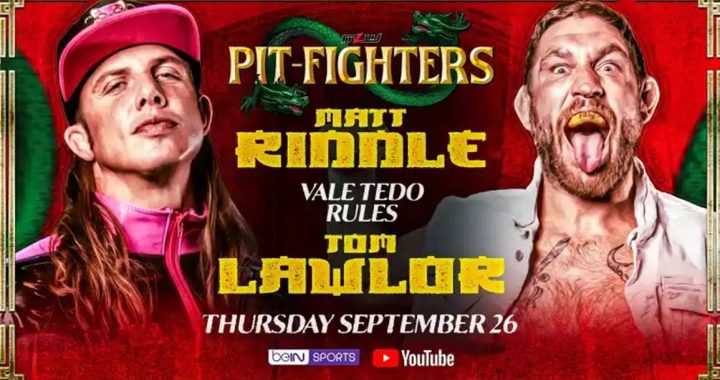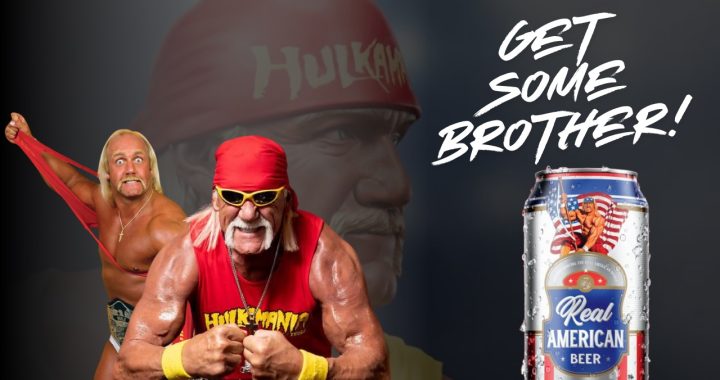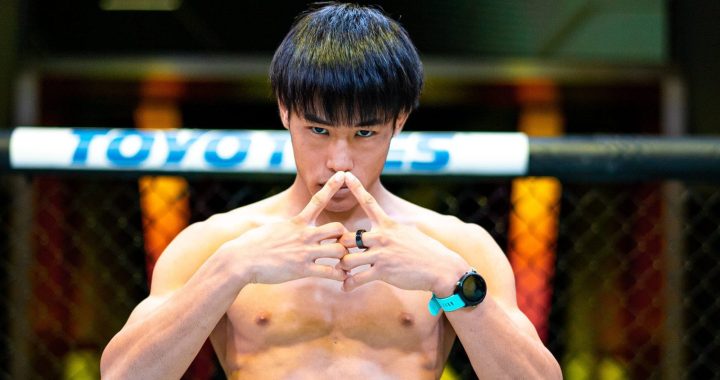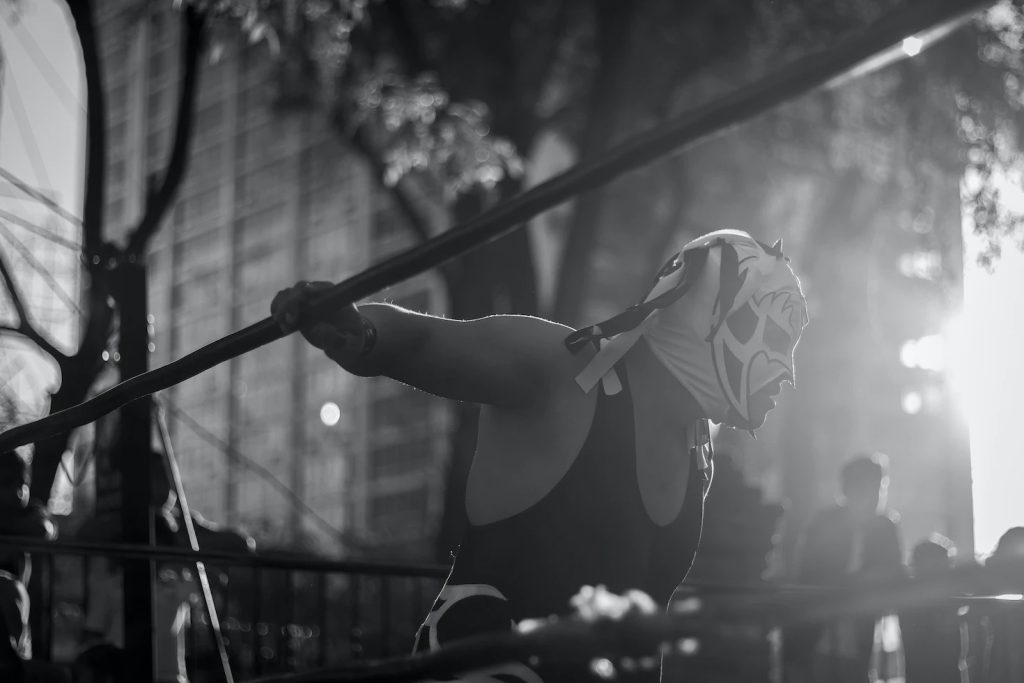
Mexican Wrestling: A Brief Timeline of the ‘Luchador’
Mexico and wrestling have a romantic relationship that dates back generations. The story of Mexican wrestling is almost 160 years old, having originated in 1863. Fast forward to 2022 and it remains a huge part of Mexican tradition, with the lycra-clad wrestlers still a major part of entertainment across the country. Unlike professional wrestling in the US, Mexican wrestling carries very little interest among sports bettors. Instead, it’s almost exclusively viewed as a form of entertainment. Meanwhile WWE and its WrestleMania events carry global interest from bettors. According to oddschecker, sites like William Hill cover novelty markets away from sports, including unpredictable events like WrestleMania.
Nevertheless, if you don’t know your Lucha Libre from your Cuban Libre, read on as we detail the rise of Mexican wrestling in popular culture.
Where did it all begin?
History suggests that wrestling originated in Mexico following the French Intervention of the mid-19th century. It is said that Enrique Ugartechea was inspired by Greco-Roman wrestling to devise Mexico’s own variant wrestling format and so, the ‘Lucha Libre’ was born.
It took some time for Lucha Libre to become a nationwide phenomenon. For decades, pockets of Mexican communities would get together and enjoy Lucha Libre matches, until the early 20th century when the Empresa Mexicana de Lucha Libre was established. The Mexican Wrestling Enterprise came to light in 1933, formalizing the ‘sport’ of professional Mexican wrestling. The man behind the Mexican Wrestling Enterprise was Salvador Lutteroth, who became the country’s number-one promoter of Lucha Libre matches for around two decades.
Although Lutteroth would go on to depart the Mexican Wrestling Enterprise franchise in the 50s, he remains the “godfather” of Lucha Libre in the eyes of those who’ve lived to see the early days of Mexican wrestling.
What are the rules of Lucha Libre?
There are parallels that can be drawn between Lucha Libre wrestling and American wrestling. Lucha Libre contests play out very similarly to singles wrestling matches in the US. Wrestlers have to pin their opponent to the ring floor for a three-count win. This is usually achieved through submission. They can also win if they force their opponent out of the ring for a set timeframe – usually a count of 20.
Each competitor in a Lucha Libre match is known as a “luchador”. The luchador cannot benefit from holding the ropes for leverage when pinning an opponent. They must do so using legitimate means of move or attack.
There are certain moves that are strictly forbidden in Lucha Libre. The “piledriver” is prohibited and any luchador caught attempting such a move faces instant disqualification. There is also one rule unique to Lucha Libre, which is applicable during team-based match-ups. There’s no need for teammates to “tag” each other in and out of the ring, unlike in American wrestling. As soon as a teammate sets foot on the floor outside of the ring, the other can enter, it’s that simple.
How does a Luchador compare with a typical American wrestler?
A luchador is more of a flexible acrobat than an American wrestler; with many typically more comfortable in the air than on the ring mat. Luchador’s leap and fly around the ring, with their maneuvers some of the most visually stunning in all of wrestling. On the flip side, American wrestlers are rather more rough and ready, attempting to exert their physical superiority over their opponents instead of aesthetically pleasing moves.
One of the main reasons that luchadores focused so heavily on their aerial prowess is that the most popular weight division in Lucha Libre is cruiserweight. These luchadores are more nimble and therefore able to pull of agile routines unlike their bulkier American counterparts. The wrestling ring’s ropes are very much the friend of a luchador. They rely on the ropes to get height and speed through the air, stunning their opponents before launching short, sharp holds for attempted submission.
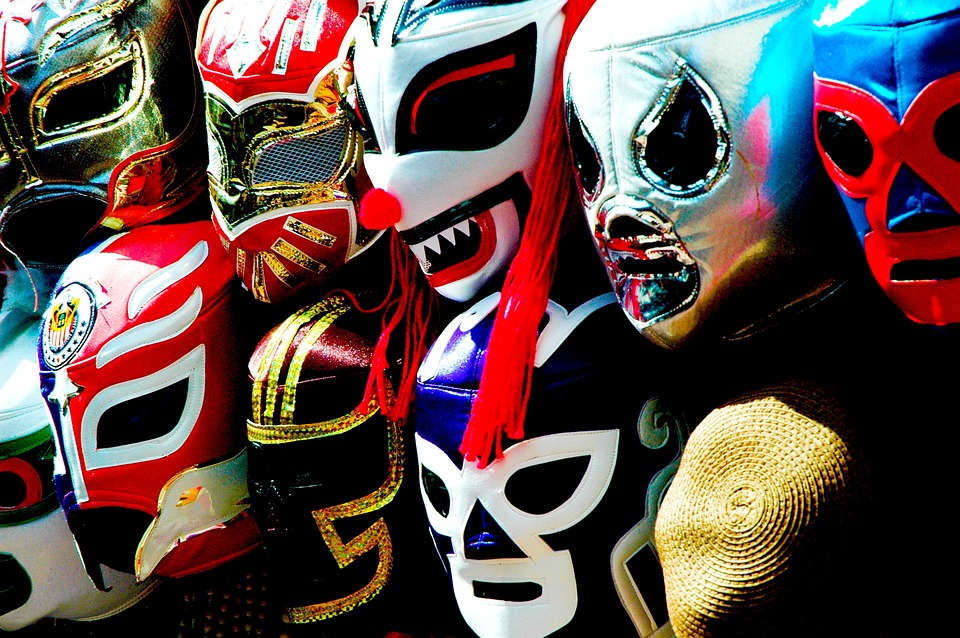
A luchador also wears a face mask that’s 100% unique to them. Masks have long held a historical symbolism for Mexican culture, dating back to the ancient Aztecs. All new luchadores begin their Lucha Libre careers with their own bespoke mask. As time elapses, the more experienced luchadores eventually unmask themselves, especially those nearing the end of their wrestling careers. The removal of the mask symbolizes the end of that character’s lifespan.
Has Lucha Libre crossed over into American wrestling before?
As a matter of fact, yes, it has. You might be surprised to find that one of the most recognizable Lucha Libre wrestlers successfully transitioned into the world of WWE in the US to become one of the finest professional wrestlers of all time. Rey Mysterio made his debut back in April 1989 but remains an integral part of WWE and the SmackDown franchise.
He is the nephew of Rey Misterio Senior, who himself was a major force in wrestling. In fact, the pair teamed up at the WWA Tag Team Championship in 1995. Rey Mysterio is certainly one of the most decorated characters in global wrestling. He joined World Championship Wrestling (WCW) in 1996 in a bid to bring Lucha Libre wrestling to the masses outside of Mexico. Mysterio is a five-time winner of the WCW Cruiserweight Championship and a three-time champion in the WCW World Tag Team Championship.
He was the 21st wrestler to land the WWE’s Triple Crown and Grand Slam and he is a genuine match winner at Wrestlemania’s Royal Rumble. He’s also been a headline act at multiple pay-per-view matches with the WWE.
Mysterio took the decision to spend some time away from the WWE in 2015, spending three years in Asia as part of the New Japan Pro-Wrestling (NJPW). However, Mysterio couldn’t help himself resulting in a return to stateside events in 2018, where he would become the US champion on two more occasions. He would even land the SmackDown Tag Team Championship alongside his son, Dominik, who will surely carry on the Mysterio name for years to come.
Today, Lucha Libre is very much alive and kicking in Mexico, backed by a string of well-established promoters. The Lucha Libre AAA Worldwide is one of the most notable, successfully staging Lucha Libre events not just for Mexicans but overseas in the US and Japan too. It’s clear that this extravagant, macho pastime shows no sign of dying out any time soon.























